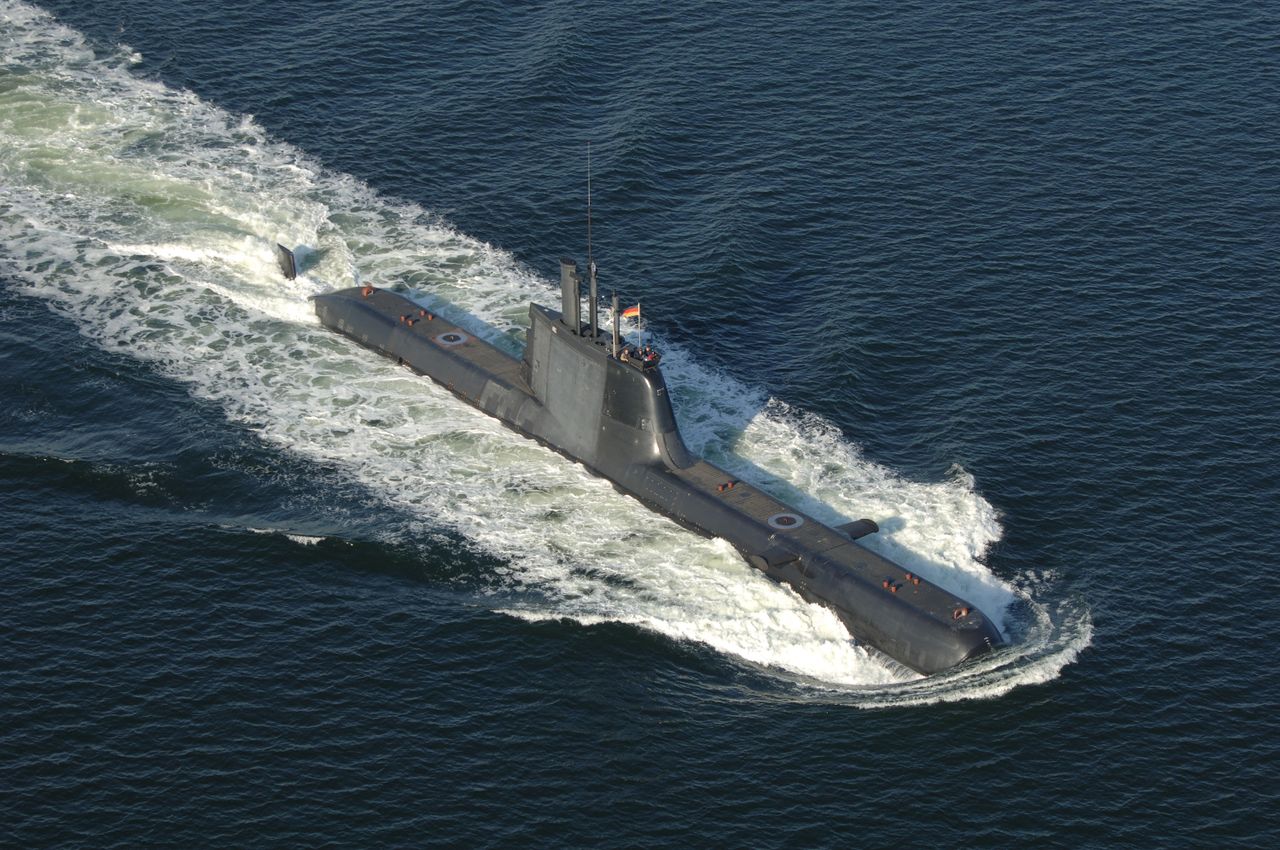- Views: 949
- Replies: 9

The Indian Navy has reached a significant milestone in its Project 75-India (P-75I) submarine acquisition program with the completion of the Technical Evaluation Committee (TEC) stage.
This marks a major step forward in India's ambitious push to modernize its underwater fleet and bolster its maritime defence capabilities.
The Contenders
Two global defence giants have emerged as frontrunners in the multi-billion dollar contract: Navantia of Spain, with its upgraded S-80 Plus class submarines, and ThyssenKrupp Marine Systems (TKMS) of Germany, expected to offer its proven Type 214 submarines.Both companies bring a wealth of experience and technological prowess to the table.
Navantia's S-80 Plus boasts enhancements including a larger hull for extended endurance and the potential for Air Independent Propulsion (AIP), a critical technology for extended underwater operations.
TKMS's Type 214 has a reputation for reliability and stealth, with a track record of successful deployments by navies around the world.
High Stakes: The Next Phases
With the technical aspects cleared, the P-75I program now enters a delicate phase of commercial negotiations. The shortlisted companies will hammer out contract terms with the Indian Navy, balancing technological requirements and financial considerations.Upon finalizing negotiations, Navantia and TKMS will submit their final price bids. The Indian Navy will then meticulously evaluate the proposals, with the contract awarded to the bidder offering the most optimal combination of technical capability and cost-effectiveness.
Strategic Importance of the P-75I
The P-75I program holds immense strategic value for India. The six new submarines are set to considerably strengthen India's underwater deterrence and power projection capabilities in the increasingly contested Indian Ocean region.These submarines will be vital in safeguarding India's maritime interests, protecting its vast coastline, and ensuring the security of crucial sea lanes.
A Complex and Competitive Landscape
The successful bidder of the P-75I project will not only secure a lucrative contract but also forge a long-term strategic partnership with India. The outcome will have ramifications for the regional naval balance of power.Furthermore, the project adheres to India's "Make in India" initiative, requiring the winning bidder to manufacture the submarines in India with a domestic partner, providing a major boost to the country's indigenous shipbuilding industry.
Conclusion
The Indian Navy's completion of the P-75I technical evaluation is a testament to the nation's commitment to naval modernization. The coming stages promise to be intense, demonstrating the intricate interplay of technology, diplomacy, and economic strategy inherent in major defence acquisitions.The P-75I program remains a key element in India's evolving maritime posture, shaping the future security landscape of the Indian Ocean.

